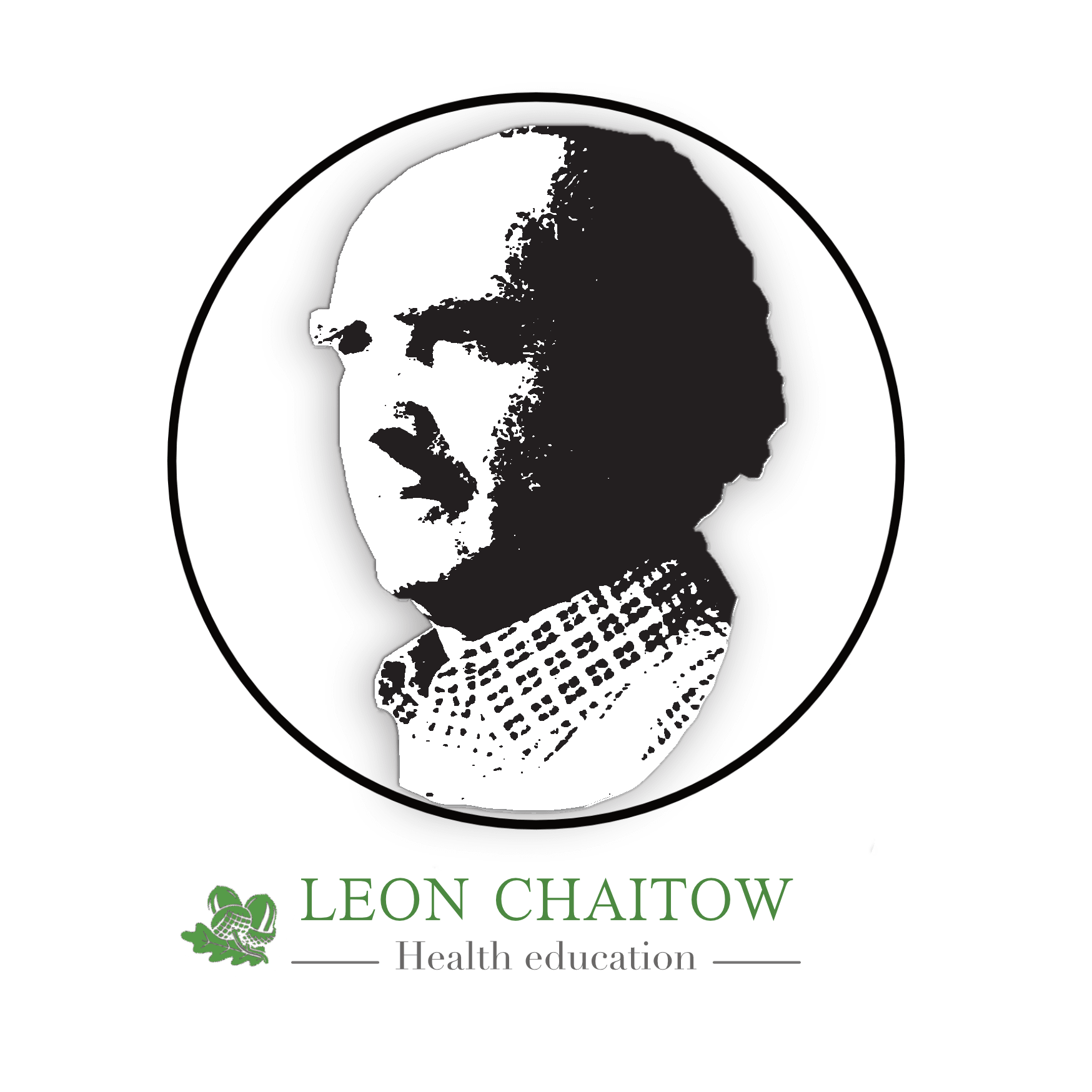This was a contribution to Mike Reinold’s Blog – which is one of the very best on the web for manual rehabilitation of athletes. http://www.mikereinold.com/
One of the main books that helped form my appreciation of consideration of the whole biomechanical complex, in all local problems, was Joel Goldthwait’s classic book Body Mechanics in Health and Disease, published in the early 1940’s (and still available 2nd hand on Amazon)
Another foundational text was The Neurobiologic Mechanisms in Manipulative Therapy, edited by osteopathic researcher Irvin Korr (Plenum Press, NY 1978). This glorious book (long out-of-print) explored the topic from a multidisciplinary perspective, and first introduced me to Vladimir Janda’s MD’s pioneering work.
In the late 80’s I first met, and read the work of, Karel Lewit MD – who with his fellow Czech Janda, was evolving a model of physical medicine, incorporating the best of physical therapy, osteopathy and chiropractic (Lewit is still working in Prague, in his 90s). His bookManipulative Therapy in Rehabilitation of the Locomotor System is a gem. (Butterworth-Heinneman 1991/1999)
A young chiropractic student, Craig Liebenson, was responsible for bringing Janda, Lewit, and others (including David Simons, Irvin Korr, and extraordinarily for me, myself) to run courses at Los Angeles College of Chiropractic in the 1980’s. He (Liebenson) is now a leader of chiropractic rehabilitation, in his profession – and his bookRehabilitation of the Spine (Williams&Wilkins 2nd edition 2006) incorporates much that he has synthesised from these sources, as well as his own insights.
In the early to mid-1990s I became familiar with the research suggesting a far more active role for fascia than had been previously believed. A leader in that field was Rolfer Tom Myers, who wrote several important articles on the subject for the journal I edit (Journal of Bodywork & Movement Therapies), which were subsequently expanded into his groundbreaking Anatomy Trains(Elsevier 2001)
Aspects of the unravelling of the fascial mysteries was also apparent in a wonderful exploration by Vleeming et al, in Movement, Stability & Low Back pain:Integration of research and therapy (ChurchillLivingstone 2nd edition 2007)
David Simons collaborative masterpiece with the late Janet Travell Myofascial Pain and Dysfunction: Trigger Point Manual (Volume 1 Upper Body and Volume 2 Lower Body) (Lippincott Williams and Wilkins) was for me, as it is for many people, a resource that continues to amaze and enlighten. Just like Karel Lewit, David is also still working & writing in his 90s
British osteopathic researcher Eyel Lederman’s book The Science and Practice of Manual Therapy (2nd edition, Elsevier 2005) helped to explain much that still remained confusing about the mechanisms operating in physical medicine.
Somewhere in the 90s I became familiar with David Butler’s important research into neural restriction (neurodynamics). His book The Sensitive Nervous System (Noigroup 2000) is a masterpiece of writing about a hugely complex topic in a comprehensible way.
In the early 90’s a fascinating insight into breathing pattern disorders was revealed in Ley & Timmons Behavioural and Psychological approaches to breathing disorders (Springer 1994). This took my work in a direction that resulted in the 2002 publication of a collaborative book – with physical therapist Dinah Bradley and psychologist Chris Gilbert – Multidisciplinary Approaches to Breathing Pattern Disorders (Churchill Livingstone)
All these influences – Goldthwait, Korr, Janda, Lewit, Simons, Myers and many others (including the work of Mitchell et al on Muscle Energy Technique, and Jones on Strain-Counterstrain), have found their way into my work and writing – with the double volume Clinical Applications of Neuromuscular Techniques : Vol.1 Upper Body, Vol.2 Lower Body,coauthored with Judith Delany; containing a practical synthesis of what I’ve learned from these giants. (Churchill Livingstone 2002, 2008)
